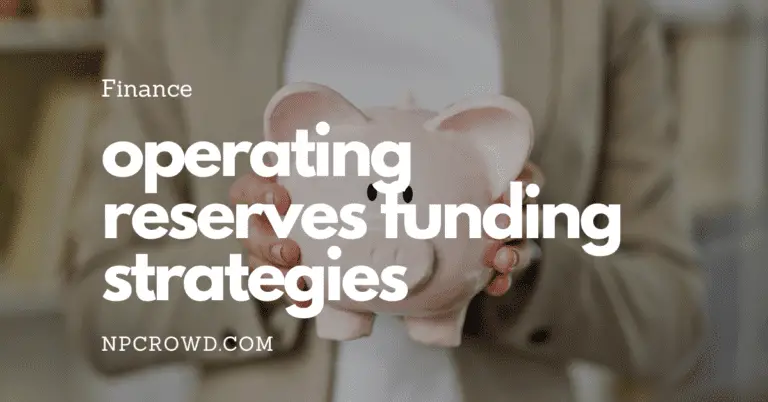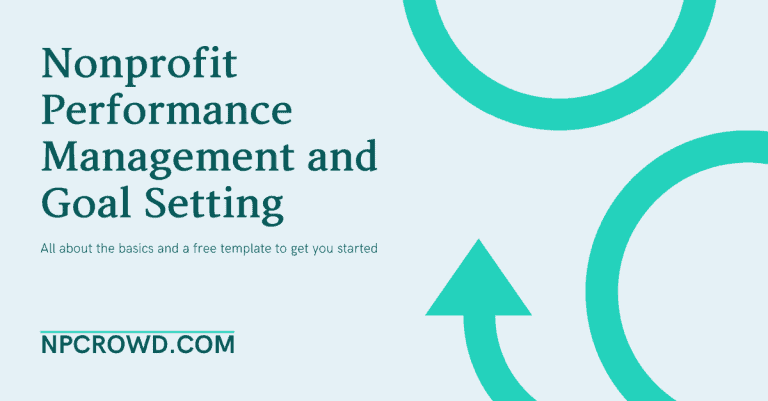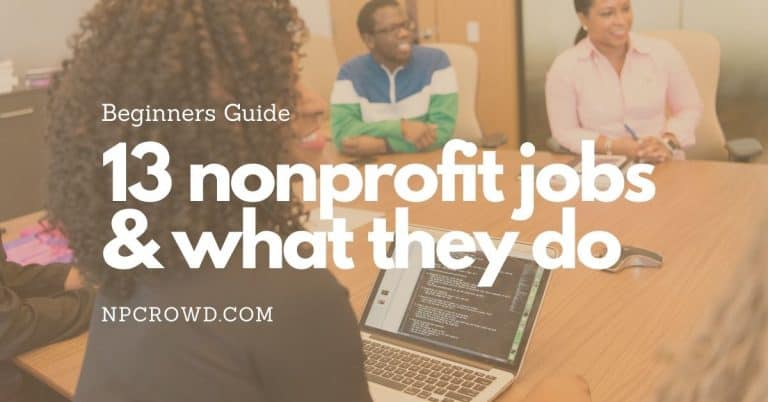Expanding the Transition Planning to a PEO for Nonprofits
Disclaimer: This post may contain affiliate links. These links, if used and purchases made, we may earn a small commission. These affiliate programs do not impact the recommendations we make or the resources we refer you to. Our focus is on providing you the best resources for your nonprofit journey.
Making the Switch to a PEO: A Detailed Guide for Nonprofits
Transitioning to a Professional Employer Organization (PEO) can transform how your nonprofit manages human resources, but it requires thoughtful execution. This guide will provide step-by-step instructions on how to handle each aspect of the transition, ensuring your move to a PEO is both strategic and seamless.
Initiating the PEO Transition
Choosing the Right PEO
The foundation of a successful transition is selecting the right PEO. This involves more than just comparing services; it requires aligning the PEO’s capabilities with your nonprofit’s specific needs and values.
- Alignment with Nonprofit Values: Evaluate each potential PEO’s mission and values. Do they align with your nonprofit’s ethos? Look for evidence of their commitment to sectors or causes similar to yours.
- Service Scope: Examine the range of services each PEO offers. Compare them with your current and future HR needs. This includes not only payroll and benefits but also compliance, employee training, and performance management.
- Client Testimonials: Seek out reviews and testimonials from other nonprofits that have used the PEOs. These insights can reveal much about the PEO’s service quality, reliability, and suitability for your sector.
Preparing Internally
Getting your team ready for the transition is as crucial as selecting the right PEO. This step involves educating your staff about the benefits of the PEO and preparing them for the upcoming changes.
- Assessing Internal Readiness: Conduct internal surveys or hold meetings to gauge your team’s understanding and readiness for the transition. Identify any knowledge gaps or resistance, and plan targeted communication or training sessions to address these areas.
- Understanding the Change: Develop comprehensive communication materials that explain the reasons for switching to a PEO, the expected benefits, and how it will impact daily operations. This can include FAQs, presentations, and meetings.
Planning the Transition
Creating a Detailed Transition Plan
A well-structured transition plan is your roadmap to a successful PEO integration. This plan should cover all logistical aspects of the transition, ensuring nothing is overlooked.
- Detailed Timeline: Outline a timeline that breaks down the transition into phases. Include key activities and deadlines for each phase, such as data migration, employee training, and system integration.
- Roles and Responsibilities: Clearly define who in your organization will be responsible for overseeing each aspect of the transition. Assign specific tasks to team members and establish a communication protocol to ensure everyone stays informed and coordinated.
Communicating with Employees
Keeping your staff informed and engaged throughout the transition is essential for its success. Clear and consistent communication can help mitigate any concerns and ensure a smooth transition.
- Regular Updates: Schedule regular updates through emails, meetings, or newsletters. These updates should provide progress reports and outline any upcoming steps in the transition process.
- Addressing Concerns: Create channels for employees to voice their concerns and questions, such as dedicated email addresses, Q&A sessions, or anonymous surveys. Address these concerns promptly and transparently to maintain trust and support throughout the transition.

Executing the Transition
Data Integrity During Migration
Transferring sensitive employee data to the PEO must be handled with the utmost care to ensure its integrity and security.
- Confidentiality and Security: Discuss with the PEO their data security protocols. Ensure they have robust measures in place to protect sensitive information, such as encryption and secure data transfer methods.
- Data Transfer Checks: Regularly verify the accuracy of the data being transferred. This can involve cross-checking sample data sets before and after transfer to ensure no loss or corruption of data.
Navigating Compliance
Ensuring compliance with various employment laws and regulations is one of the key benefits of partnering with a PEO.
- Regular Compliance Updates: Set up a regular briefing with the PEO to stay informed about any changes in employment laws and regulations. This could be through monthly newsletters, webinars, or meetings.
- Internal Compliance Checks: Periodically review your practices against the PEO’s compliance updates. This can involve internal audits or check-ins with your PEO contact to ensure all practices are up to date.
Securing HR Service Continuity
As you hand over HR responsibilities to the PEO, it’s critical to maintain uninterrupted services to avoid any operational disruptions.
- Training and Support: Coordinate with the PEO to provide training sessions for your staff. These sessions should cover how to use new systems and processes introduced by the PEO.
- Feedback Mechanisms: Establish a system for collecting feedback from employees about the new HR services. This can include regular surveys or suggestion boxes to gather insights on their experience and address any issues promptly.

Post-Transition: Monitoring and Adjustment
Performance Review
After the transition, it’s important to regularly assess the performance of the PEO to ensure they meet your expectations and needs.
- Service Quality Monitoring: Implement a system to regularly evaluate the services provided by the PEO. This could include tracking response times, the effectiveness of their solutions, and overall satisfaction levels among your staff. Consider setting up periodic review meetings with the PEO to discuss performance metrics and any areas for improvement.
- Response to Issues: Monitor how the PEO responds to any challenges or issues that arise. Are they proactive and efficient in their problem-solving? Keep a record of any issues and how they were resolved, as this will be useful for evaluating the PEO’s performance and responsiveness.
Continuous Communication
Maintaining an open line of communication with the PEO after the transition is key to a successful long-term partnership.
- Ongoing Dialogues: Schedule regular check-ins with the PEO to discuss any updates, changes, or concerns. These could be formal meetings or informal catch-ups, depending on the nature of the issues to be discussed.
- Internal Communication: Continuously inform your internal team about any changes or updates in the PEO’s services. This can help in managing expectations and ensuring that everyone is aware of the resources and support available to them.

Compliance and Evaluation
Regularly reviewing compliance and the overall effectiveness of the PEO partnership is crucial to ensure it continues to meet your nonprofit’s needs.
- Regular Compliance Audits: Partner with the PEO to conduct compliance audits. These audits can help identify any areas where your nonprofit may not be fully compliant with current laws and regulations.
- Cost-Benefit Analysis: Periodically conduct a cost-benefit analysis of the PEO services. Assess whether the benefits, such as time savings, improved compliance, and access to better benefits, justify the costs. This analysis should include feedback from employees to gauge the impact on staff satisfaction and retention.
Wrapping Up
Successfully transitioning to a PEO requires careful planning, vigilant execution, and ongoing management. By closely following these steps and continuously evaluating the partnership, your nonprofit can maximize the benefits of working with a PEO. This strategic move can lead to more efficient operations, better compliance, and improved employee satisfaction, ultimately supporting your organization’s mission and goals.







